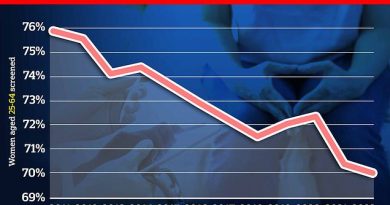How VNAs can address the challenge of data accessibility and analysis
![]()
The world is in the middle of a data explosion. In 2010, the amount of healthcare data collected was said to be doubling every three and a half years. By now, it was projected to be doubling every 73 days.
As the volume and variety of data expands, healthcare providers need solutions that allow for analytics, collaboration and faster, more informed decision-making.
Data integration and analytics have been cited in industry surveys and expert interviews as one of the major trends reshaping imaging services and influencing the future of healthcare.
Vendor Neutral Archives (VNAs), such as Edison Datalogue from GE Healthcare Digital, have an important role to play in connecting existing systems with open platforms, and specialists with patients, while enabling data to generate actionable insights and artificial intelligence (AI) driven decision support.
The need for a data culture
Data handling solutions must meet the needs of patients, users, clinicians, providers and payers, as well as connect with diverse and fragmented healthcare data systems in a highly regulated industry.
Good data governance relies on building a data culture within organisations. In the healthcare sector, trust is everything, and collecting and storing personal data brings legal and regulatory obligations.
Interoperability is also a monumental challenge that needs to be confronted to open up access and allow providers to improve quality of patient care.
Driving better outcomes
Current VNAs on the market can enable data to be harnessed as a source for AI, business intelligence or to deliver clinical information and insights.
Edison Datalogue is being used by leading European healthcare providers, such as Antwerp University Hospital and Region Västra Götaland.
The solution allows access to data from any vendor system in multiple formats, improving workflow and reducing the time taken to complete different stages of an imaging exam.
Data and images can be accessed through a secure IT ecosystem that complies with regulations and promotes uninterrupted clinical workflow and interoperability.
This eliminates the need to switch between systems or wait for data to arrive from other sites in hospital networks. Access to correct data, at the right time, from any location in the network, can improve patient safety, decrease the length of the care pathway and reduce the need for repeat studies in different hospitals.
By optimising the clinical, financial, and operational performance of their imaging and cardiology assets and departments, organisations can reduce demand on clinicians, lower costs and ultimately provide better patient outcomes.
For further information listen to the webinar Leveraging Vendor Neutral Archive Systems to Improve Clinical, Operational, and Financial Outcomes to hear case studies from European healthcare providers.
Source: Read Full Article



